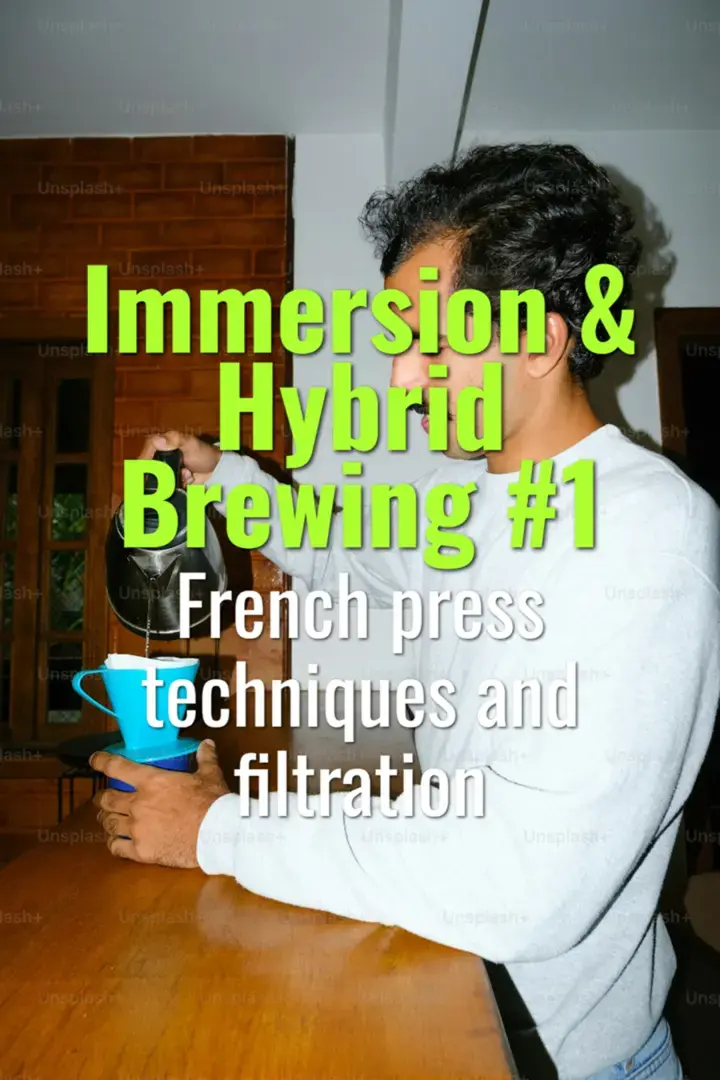French press techniques and filtration
How to brew with a French press effectively and manage filtration to balance body and clarity.
- Coffee Basics Nerds
- 1 min read

French Press Brewing Fundamentals
-
Grind Size:
-
Coarse grind recommended to prevent clogging the mesh filter.
-
Too fine → silty cup, hard plunge.
-
Too coarse → weak, under-extracted brew.
-
Brewing Steps:
- Add coffee (typical ratio 1:15–1:16).
- Pour hot water (92–96 °C / 195–205 °F).
- Stir gently to break crust and saturate grounds.
- Steep for 4 minutes (longer for bolder extraction).
- Skim foam and floating fines for cleaner cup.
- Press plunger slowly and steadily.
-
Filtration Considerations:
-
Metal Mesh Filter:
-
Allows oils and fines through.
-
Produces rich body, heavier mouthfeel, but lower clarity.
-
Double/Triple Mesh Screens:
-
Improve filtration while retaining body.
-
Paper or Cloth Add-ons:
-
Can be added under plunger or used in decanting to improve clarity.
-
Flavor Profile:
-
Full-bodied, rich, and textured.
-
Less clarity than pour-over methods, but favored for comfort and mouthfeel.
-
Practical Tips:
-
Decant immediately after plunging to avoid over-extraction.
-
Try James Hoffmann’s “no-plunge” method: steep 4 min, break crust, skim, wait additional 5–8 min, then pour carefully without plunging.
-
Clean filter thoroughly to avoid rancid oil buildup.
Summary
The French press excels at producing a full-bodied cup with rich mouthfeel. By managing grind size, steeping, and filtration methods, brewers can fine-tune clarity versus body to match desired flavor outcomes.